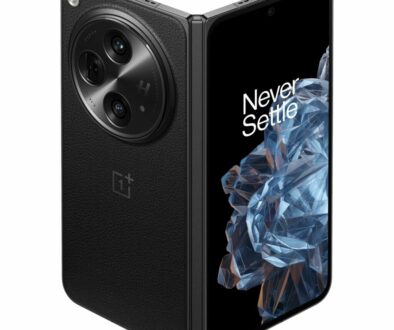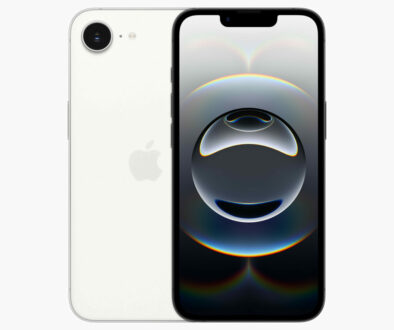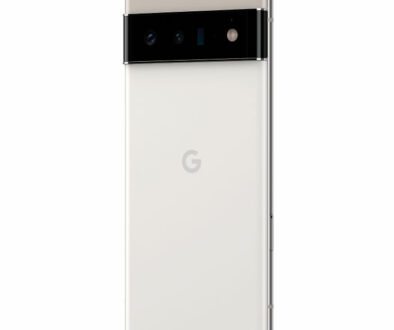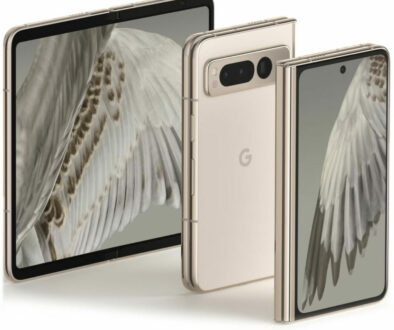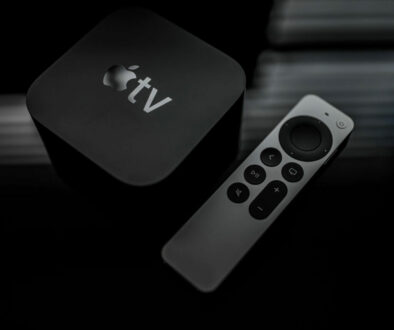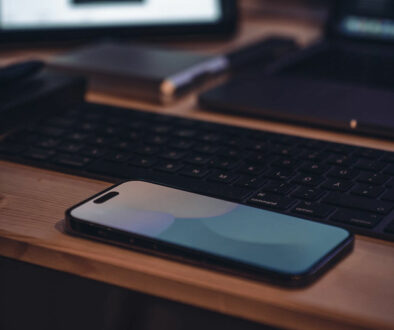Top 5 Best Smartphones for Photography US
In this second part of this series on the best smartphone for photography, we look at the Top 5 smartphones in the US. All these smartphones have state-of-the-art camera systems and all of them have an array of multiple cameras at the rear of the smartphone.
You cannot go wrong with any of these, but despite the superb quality and high resolution, you may like one over the other in terms of their individual features. If you prefer to shoot with a smartphone for the most part, then these are the best units you can buy in the US right now.
RELATED: Best Smartphones for Photography: Shoot professional quality photos and videos (Global)
Top 5 Best Smartphones for Photography in the US
Here is our line-up, the five best smartphones for photography in the US based on DXO mark.
- Apple iPhone 12 Pro Max
- Apple iPhone 12 Pro
- Apple iPhone 11 Pro Max
- OnePlus 9 Pro
- Samsung Galaxy S21 Ultra 5G (Snapdragon)
You can find the actual ratings in the table below. Note that we only considered the top 5 at the time of writing (July 2021). The next five phones are somewhat rpredictable with Apple iPhone 12s holding the top spots followed by Google Pixel 5, Apple iPhone 11 and Samsung Galaxy S21+. The list may change when more flagships join the market.
| DXOMark Ranking | Launch | Camera | Selfie |
|---|---|---|---|
| Apple iPhone 12 Pro Max | Oct-20 | 130 | 98 |
|
Apple iPhone 12 Pro
|
Oct-20 | 129 | 98 |
| Apple iPhone 11 Pro Max | Sep-19 | 124 | 92 |
|
OnePlus 9 Pro
|
Mar-21 | 124 | – |
|
Samsung Galaxy S21 Ultra 5G (Snapdragon)
|
Jan-21 | 123 | 99 |
| Apple iPhone 12 mini | Oct-20 | 122 | 98 |
|
Apple iPhone 12
|
Oct-20 | 122 | 98 |
| Google Pixel 5 | Oct-20 | 120 | 94 |
|
Apple iPhone 11
|
Sep-19 | 119 | 91 |
| Samsung Galaxy S21+ 5G (Snapdragon) | Jan-21 | 119 | – |
Source: Dxomark
1. Apple iPhone 12 Pro Max
Primary Camera: 12-megapixel f/1.6 camera with a focal length of 26mm (wide angle).
Rear Camera System: Ultra Wide, Wide and Telephoto (2.5x) cameras
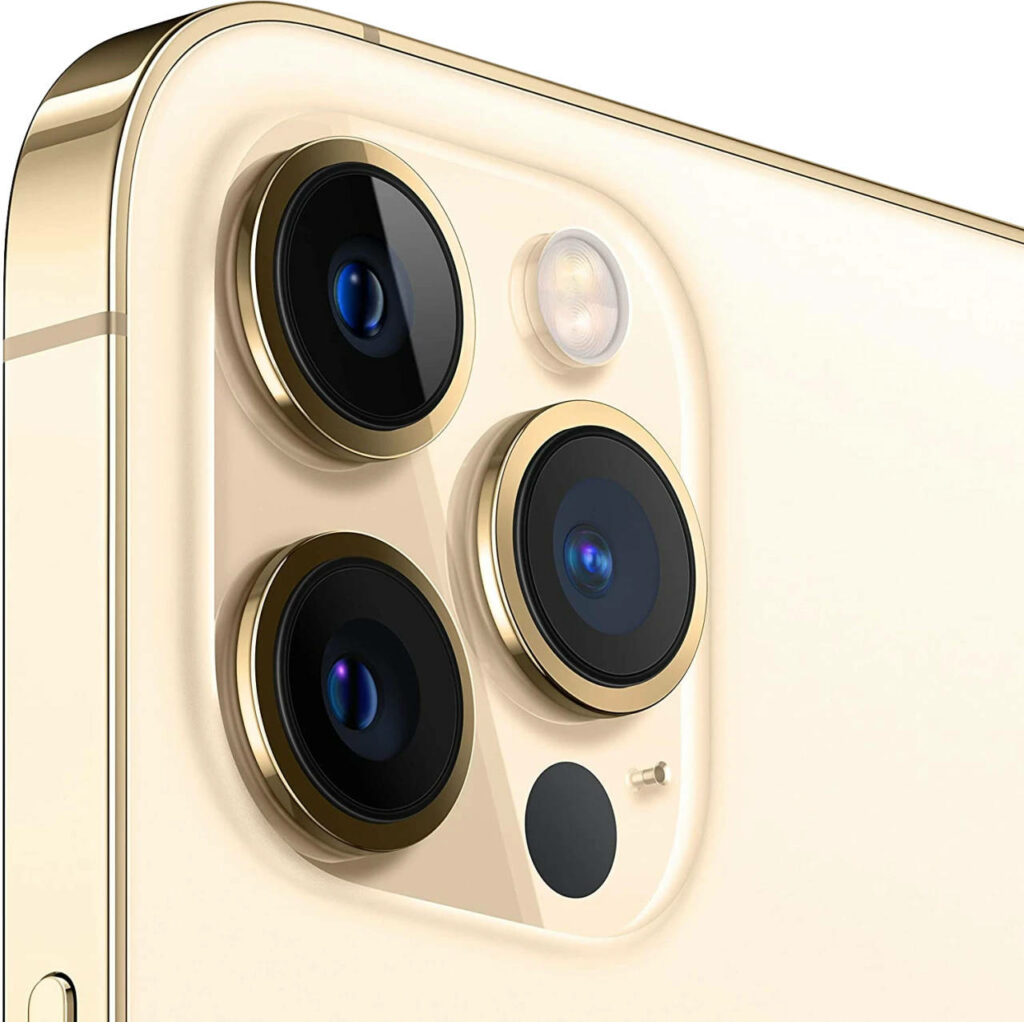
The iPhone 12 Pro Max comes with an array of three cameras at the rear.
The first one is the ultra-wide-angle camera. The 35mm format equivalent focal length of this lens is 13mm. This camera uses a fixed aperture of f/2.4 and can capture a field of view (FOV) of 120-degree. The sensor inside this camera is a 1/3.6-inch unit. Taking the standard wide camera as reference (1x), this camera offers 2x optical zoom out, marked as 0.5 on the camera app.
This lens is ideal for interior shots and architecture, though you have to be careful about any distortions that may likely come up at the edges of the frame.
The second primary camera is the standard wide-angle camera which uses an f/1.6 aperture. The focal length is the equivalent of a 26mm lens. The size of the pixels on this camera is 1.7 µm. This is the default camera (x1) in the Camera app.
The sensor is equipped with dual-pixel phase-detection autofocusing (PDAF). PDAF is responsible for locking focus accurately by focusing the light coming in from two sides of the lens, forming two different images, and then aligning the images formed to find out focus. The camera also comes with in-built image stabilization (sensor-shifty type) for sharper stills.
Most users would use this lens when shooting as default. This is because the photo app on iPhone uses the 1x zoom as default. Like many others, we found that the camera loses focus when shooting close-ups. This happens at around 10cm to the subject or less. The way around this is to use the ultra wide camera above or telephoto camera below.
The third and final camera is the telephoto unit that uses a maximum aperture of f/2.2. The focal length of this sensor is the equivalent of a 65mm lens on a 35mm format camera for a maximum of 2.5 optical zoom in. The sensor at the back of the camera is a 1/3.4-inch unit. The pixels on this sensor are of size 1.0µm.
This lens too comes equipped with PDAF and Optical Image Stabilization (OIS). At 65mm the focal length is reasonable for shooting portraits. Together the Pro 12MP camera system has a total of 5x optical zoom and 12x digital zoom.
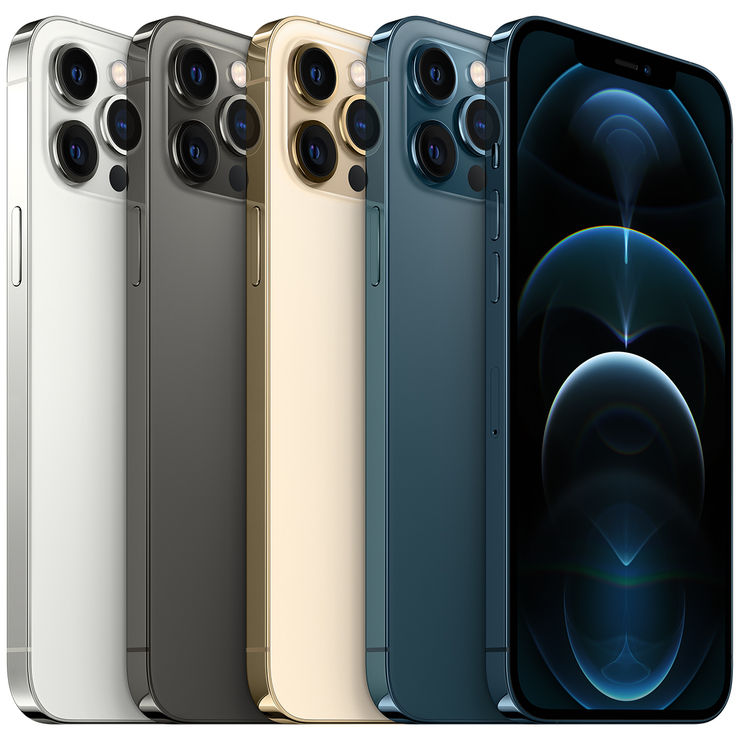
Camera features:
Features LiDAR Scanner assisted night mode portraits shooting mode with the rear camera. This also allows for portrait shots with advanced bokeh and Depth Control with six Portrait Lighting effects. Other features include brighter True Tone flash, panorama, Focus Pixels, night mode, deep fusion, Smart HDR 3, Apple ProRAW, wide colour capture, Live Photos, lens correction, advanced red-eye correction and burst mode.
2. Apple iPhone 12 Pro
Primary Camera: 12-MP with 26mm focal length and OIS.
Rear Camera System: Ultra Wide, Wide and Telephoto (2x) cameras
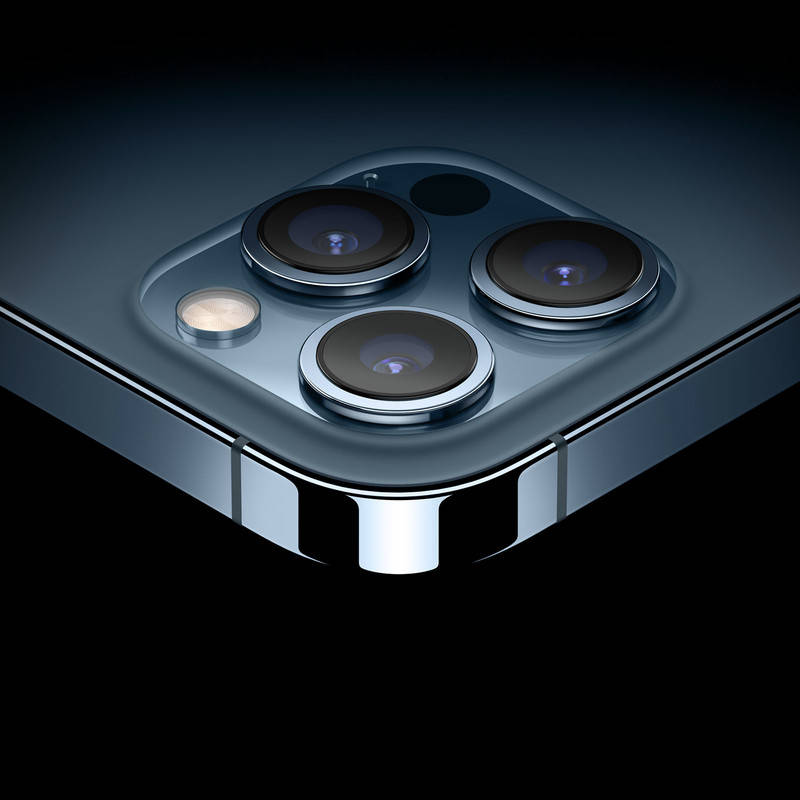
Apple’s iPhone 12 Pro has a three-camera set-up at the rear. We are not considering the front-facing cameras for this discussion. Only the rear or primary set of cameras.
The primary camera on the iPhone 12 Pro has a resolution of 12-MP and an aperture of f/1.6 with a focal length equivalent of 26mm. The individual pixel sizes of the camera are 1.4µm. Dual Pixel CMOS autofocus is also built-in which gives smooth reliable autofocusing.
The camera features OIS that compensates for any hand movements while images or videos are being recorded.
The main wide camera has the same limitation, in that it is unable to focus around 8-10cm or less when placed close to a subject even when mounted on the tripod. This means the minimum focus range is much bigger than compared to the iPhone 11 Pro. We found using the other cameras, telephoto and ultra wide (below) to take close-ups help with this limitation.
The second camera is the 12-MP telephoto lens with a focal length equivalent to 52mm on a standard 35mm format. Although it says it is a telephoto lens, in all probability the focal length is just a standard one. So, this lens would be best suited for shooting street photos, everyday moments, etc.
This camera has an aperture of f/2 and underneath the hood, the lens has a sensor of the size 1/3.4-inch. The pixel size is 1.0µm allowing it to capture plenty of light and detail. Apple has applied PDAF and OIS to this lens too and this camera is invoked in the camera app by choosing the 2x optical zoom. Here is where it differs from the 2.5x optical zoom offered on the iPhone 12 Pro Max above.
The third camera, also a 12-MP unit, has an aperture of f/2.4. This is the ultra-wide-angle lens with a 35mm format equivalent focal length of 13mm. The field of view of the lens is 120-degree which means it can capture a large slice of the scene in front of it. Ultra-wide-angle lenses are prone to suffer from distortions especially at the edges of the frame. So, when you are shooting with this lens, especially interiors and architecture you ought to be careful of the huge amount of distortion. Thankfully iPhone’s camera app supports lens correction when you use the ultra wide camera. To use this camera, pick the 0.5x in the camera app for 2x zoom out.
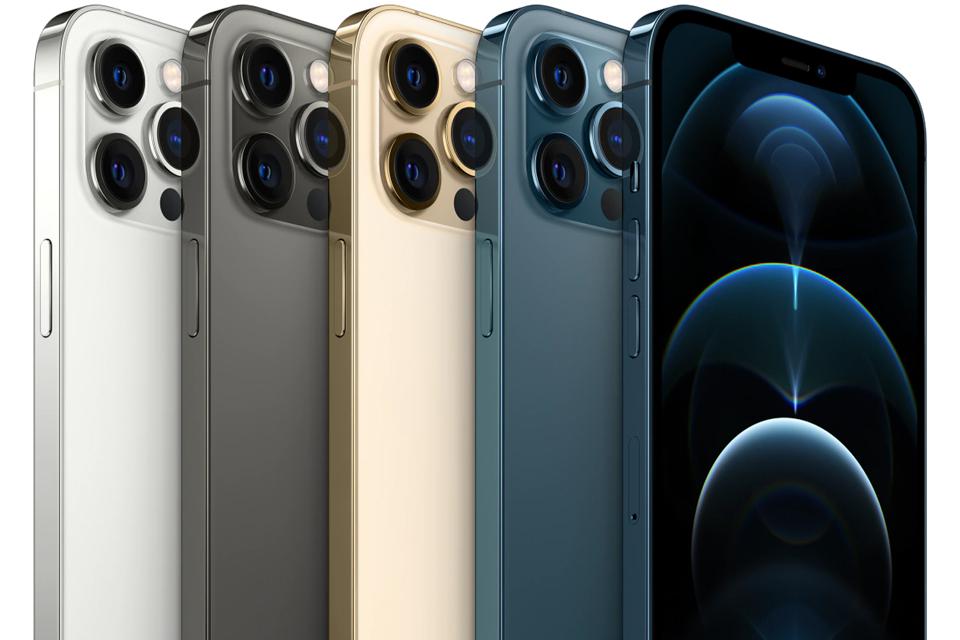
Camera’s still and video capture features are shared with the Apple iPhone 12 Pro Max above.
3. Apple iPhone 11 Pro Max
Primary Camera: 12-MP f/1.8, PFAF and OIS.
Rear Camera System: Ultra Wide, Wide and Telephoto (2x) cameras
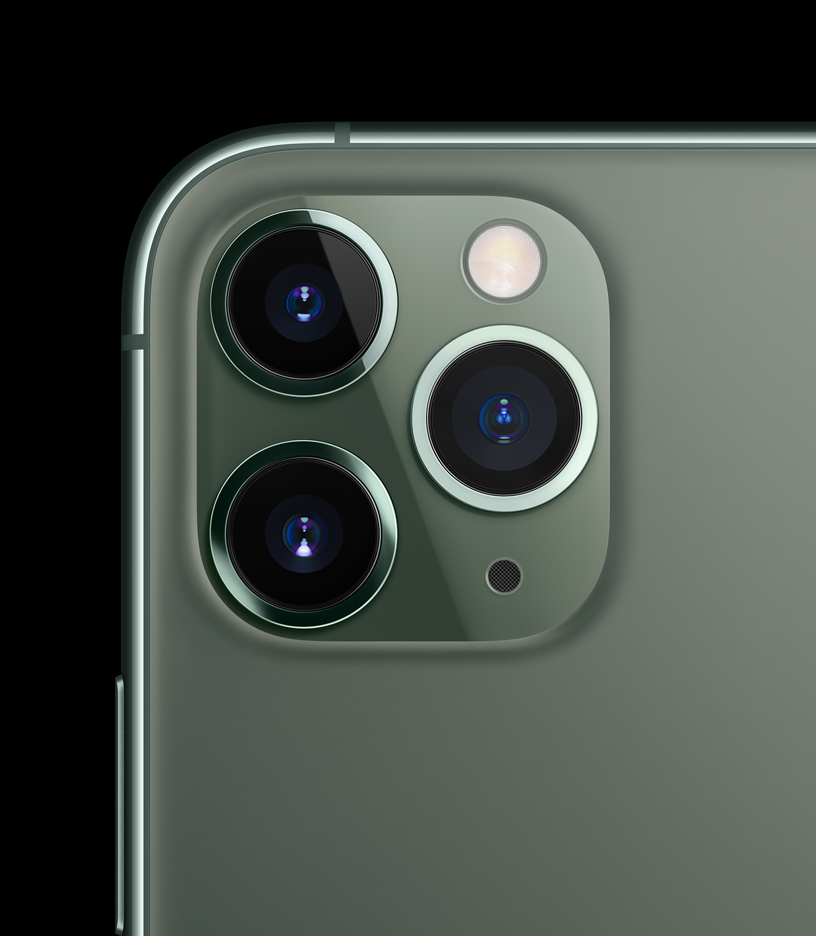
Apple released the iPhone 11 Pro Max in September of 2019. It is a popular smartphone and a handy camera for many. The primary camera of the phone has the same resolution as the Apple iPhone 12 Pro.
This 12-MP camera comes with a 26mm lens (35mm format equivalent). This wide-angle lens has a fast aperture of f/1.8. That means it should be able to collect a lot of light. The individual pixels are of the size 1.4µm.
Underneath the hood, the camera is powered by a 1/2.55-inch sensor. The lens features dual pixel PDAF which ensures that the camera can produce smooth and reliable autofocusing performance in most lighting conditions. OIS is also built-in which ensures that the camera can compensate for the movement of your hands while the image or video is being captured.
Let’s now move on to the next camera which is the telephoto. Although we keep referring to these cameras as telephoto, they only offer a 35mm format equivalent focal length of 52mm. That is standard by 35mm-format. We would recommend this lens for use for street photography and everyday photos where you want to take a POV picture.
Under the hood, this camera is powered by a 1/3.4-inch sensor. This camera too features state-of-the-art properties like PDAF and OIS. In standard lay term, the telephoto offers 2x optical zoom when compared to the default wide camera (1x) that it starts with.
The third and final lens of this three-lens rear camera set-up is the 12-MP ultra-wide camera with an equivalent focal length of 13mm. This one has a maximum aperture of f/2.4. The lens covers a field of view of 120 degrees (2x zoom out) which is wide enough for landscape, architecture, and interior shots.
But as we have already mentioned above such ultra-wide-angle lenses are prone to suffer from distortions around the edge area. So you have to be careful when shooting architecture and interior shots.
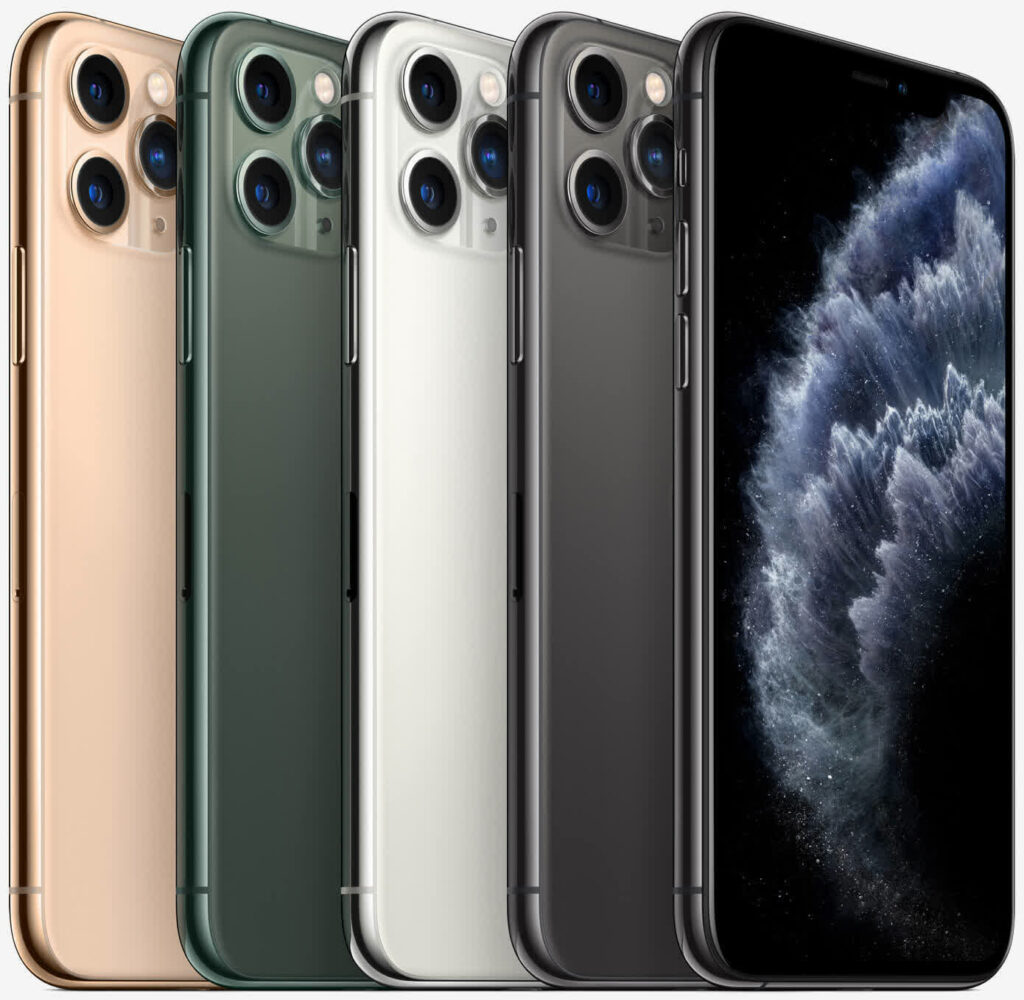
Camera Features:
These are very similar to iPhone 12 Pro and Pro Max above, and they include portrait mode with advanced bokeh and depth control including six lighting effects, dual optical image stabilisers for wide and telephone lenses, brighter True Tone flash and Slow sync. It also comes with Panorama capture (up to 63mp), 100% Focus Pixel (wide), Night mode, Smart HDR for photos, wide colour capture and Live Photos. Other features include advanced red-eye correction, photo geotagging, auto image stabilisation and burst mode. What is missing here is the ability to capture in Apple ProRAW.
4. OnePlus 9 Pro
Primary Camera: 48-MP f/1.8 23mm wide-angle camera.
Rear Camera System: Wide, Telephoto (3.3x), Ultra Wide and Monochrome Cameras
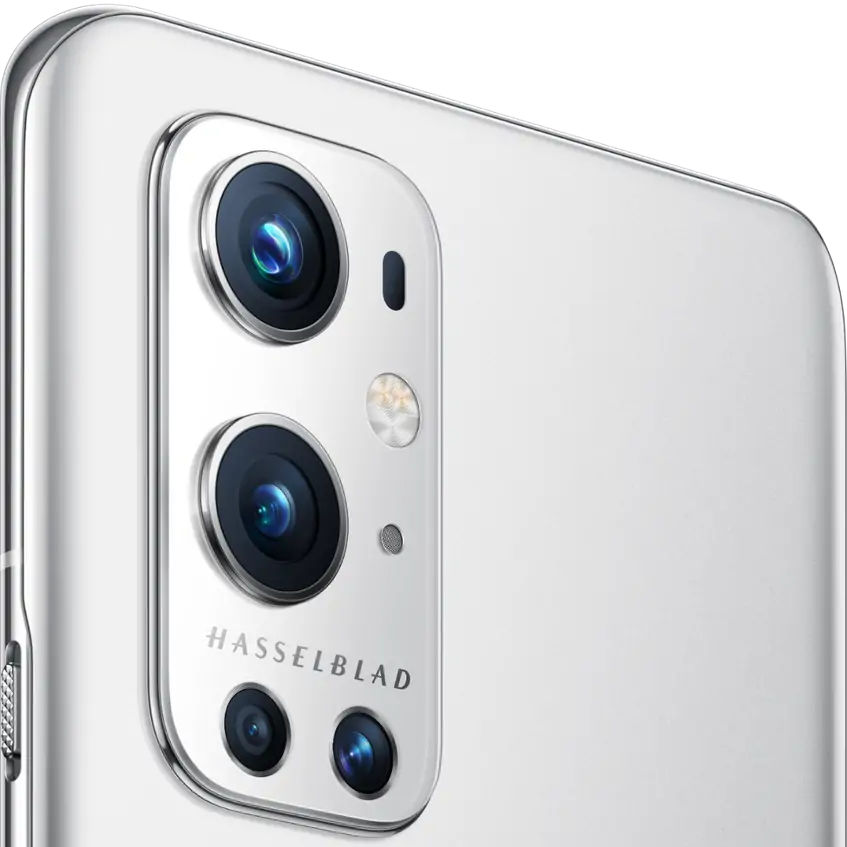
This high-resolution camera comes with an array of four cameras. A primary camera is a 48-MP unit with an aperture of f/1.8. This high-resolution camera can capture an incredible amount of detail. The focal length is equivalent to 23mm on a 35mm format. That is ideal for landscape shots, interiors, and architecture. The sensor under the hood is a 1/1.43-inch unit with a pixel size of 1.12µm. The omnidirectional PDAF offers excellent autofocusing reliability.
The camera also features Samsung’s Laser AF technology for precision AF performance. And finally, the presence of optical image stabilization ensures sharper image and better video performance.
Let’s move to the second camera in the setup. This one offers an 8-MP resolution with an aperture of f/2.4. The focal length of this lens is 77mm (in a 35mm format) which shows as 3.3x optical zoom in the camera app. The individual pixel sizes are 1.0µm. Among the main features, the camera comes with PDAF and OIS.
The third camera in this set-up is the 50-MP unit. The sensor under the hood is a 1/1.56-inch unit. This one has a focal length of 14mm giving an ultra-wide-angle perspective of the scene in front of you. The aperture of the lens is f/2.2.
Lastly, a basic camera with 2MP sensor and an aperture of f/2.4 is used as a fourth camera for monochrome shots. The camera system is developed jointly with Hasselblad Camera. The company’s input include Natural Colour Calibration for closer to life colour and natural skin tones.
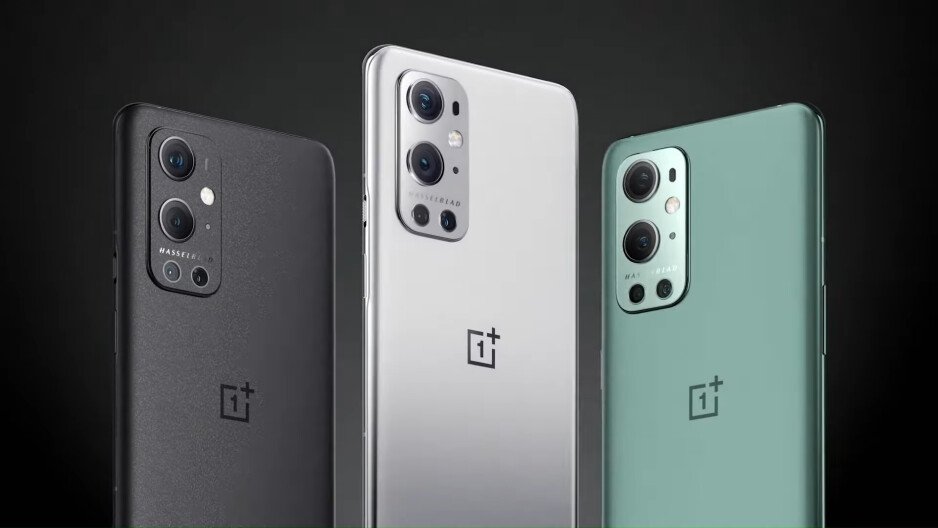
Camera Features:
Nightscape, Super Macro, UltraShot HDR, Smart Scene Recognition, Portrait mode, Pro mode, Panorama, Tilt-shift mode, Focus Peaking, Cat/Dog Face Focus, Raw file, Filters, Super Stable, Video Nightscape, Video HDR, Video Portrait, Focus Tracking, Timelapse, Hyperlapse
5. Samsung Galaxy S21 Ultra 5G (Snapdragon)
Primary Camera: 108-MP, with an aperture of f/1.8 and OIS.
Rear Camera System: Main Wide (above), Periscope Telephoto (10x), Telephoto (3x), Ultra Wide cameras.
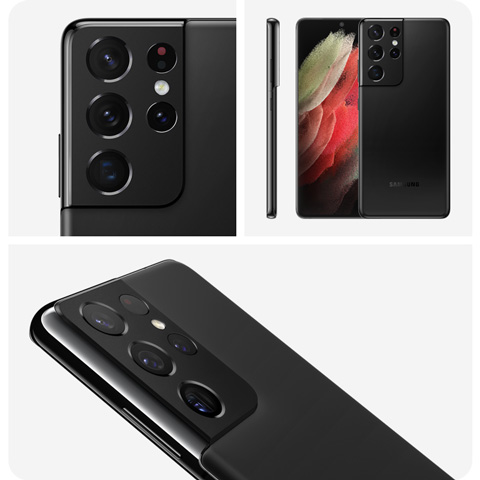
There is an array of four cameras on the Galaxy S21 Ultra 5G. These cameras have a resolution of 108-MP, 10-MP, 12-MP, and 10-MP. The aperture of these four cameras is f/1.8, f/4.9, f/2.2, and f/2.4. All of the rear cameras come with autofocusing capabilities.
The primary camera is powered by a 1/1.33-inch sensor. With such a high resolution sensor, it is no wonder that the individual pixel size is 0.8μm. The lens offers a focal length of 24mm (35mm format equivalent). This lens is ideal for a wide array of photos including landscape, architecture, and interior shots. To add to the quality of the imagery the lens comes with both OIS and PDAF.
The ultra-wide-angle lens is powered by a 1/2.55-inch sensor. Individual pixel size is 1.4μm. The lens offers a focal length of 13mm (35mm format equivalent). Meaning this lens is ideal for indoor and architectural shots with some fish eye effect.The aperture of the lens is f/2.2. It comes with dual-pixel autofocusing for better AF performance in a lot of light and low contrast situations.
There are two tele-lenses on the smartphone. Both are powered by 10-MP 1/3.24-inch. The individual pixel dimensions are 1.22μm. The focal length of the first lens is 72mm which is a standard telephoto focal length by standards established with the smartphones on this list. Ideally longer focal length is perfectly suitable for portraits. On the camera app, this offers 3x optical zoom. The aperture of this lens is f/2.4. The lens has a dual-pixel autofocusing mechanism and OIS is also supported.
Finally, the second telephoto lens which is also based on a 10-MP sensor has the same pixel size as the other telephoto lens mentioned above with a smaller aperture of f/4.9. The sensor is behind a periscope lens arrangement giving it a high 240mm equivalent focal length. That’s 10x optical zoom on the camera app. Dual Pixel CMOS autofocus is also present in his camera as well as OIS. At that zoom range, you are going to need it and is probably best to use a tripod.
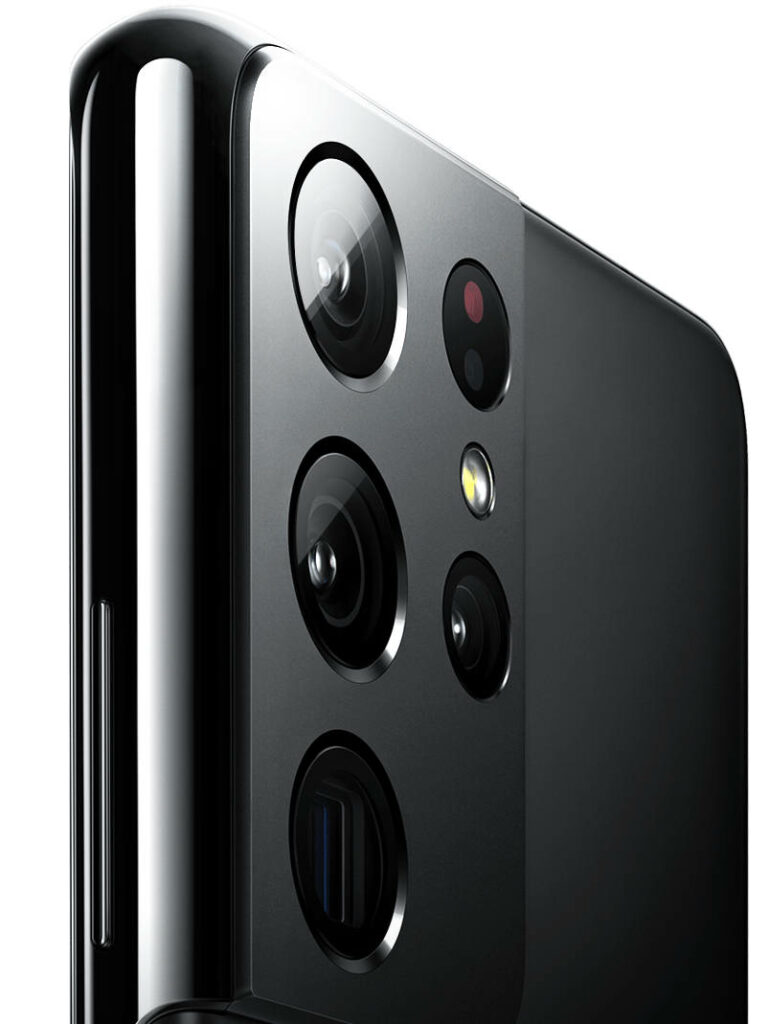
Camera Features:
Pro grade 8K video capture, Super Steady AI stabilisation, Super Smooth 60fps video, dual tele zoom for 100x space zoom, 6 portrait modes, night mode (Bright Night),
RELATED: Best Smartphones for Photography: Shoot professional quality photos and videos (Global)


